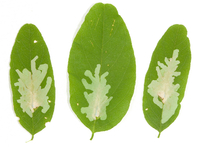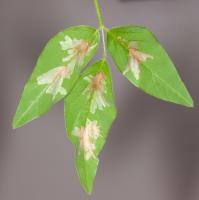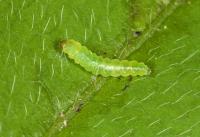
| Recorded by: Jim Petranka, Marilyn Westphal and Becky Elkin on 2025-08-18
Henderson Co.
Comment: Occupied mines were on Black Locust. | 
| Recorded by: Jim Petranka, Marilyn Westphal and Becky Elkin on 2025-08-18
Henderson Co.
Comment: Occupied mines were on Black Locust. |
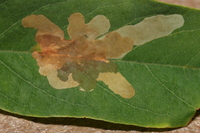
| Recorded by: David George, Kevin Bischof, Rich Teper, Patrick Coin on 2025-08-16
Transylvania Co.
Comment: | 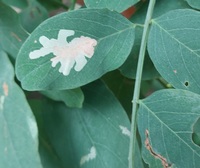
| Recorded by: Mark Basinger on 2025-08-14
Ashe Co.
Comment: |
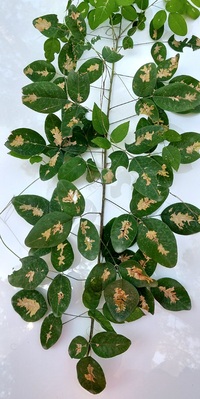
| Recorded by: Mark Basinger, Jim Petranka, and Becky Elkin on 2025-08-03
Moore Co.
Comment: | 
| Recorded by: Mark Basinger, Jim Petranka, and Becky Elkin on 2025-08-03
Moore Co.
Comment: |
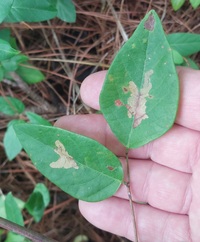
| Recorded by: Mark Basinger on 2025-08-01
Rowan Co.
Comment: | 
| Recorded by: Mark Basinger on 2025-07-24
New Hanover Co.
Comment: |
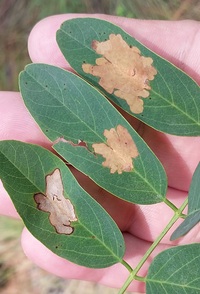
| Recorded by: Mark Basinger on 2025-07-14
Richmond Co.
Comment: | 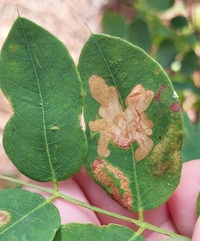
| Recorded by: Mark Basinger on 2025-07-14
Scotland Co.
Comment: |
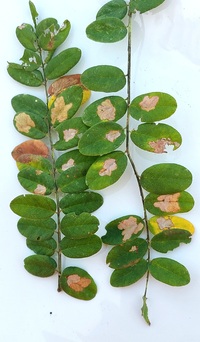
| Recorded by: Mark Basinger on 2025-07-10
Bladen Co.
Comment: | 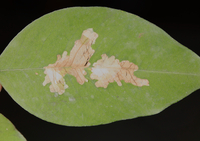
| Recorded by: Jim Petranka, Mark Basinger and Becky Elkin on 2025-06-28
Moore Co.
Comment: |

| Recorded by: Mark Basinger, Jim Petranka, and Becky Elkin on 2025-06-26
Mitchell Co.
Comment: | 
| Recorded by: Mark Basinger on 2025-06-22
Buncombe Co.
Comment: |
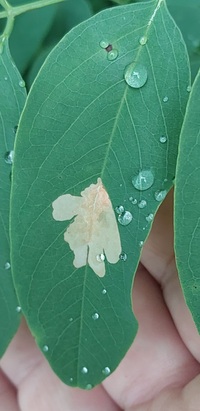
| Recorded by: Mark Basinger on 2025-06-05
Wilson Co.
Comment: | 
| Recorded by: Jim Petranka, Becky Elkin, Tracy Feldman, David George, Jeff Niznik and John Petranka. on 2025-05-09
Cumberland Co.
Comment: |
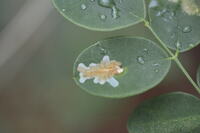
| Recorded by: Tracy Feldman, David George on 2025-05-09
Cumberland Co.
Comment: | 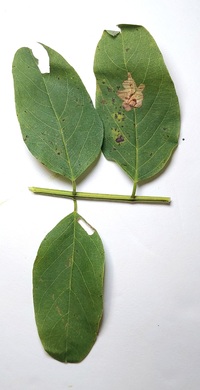
| Recorded by: Mark Basinger on 2024-10-17
Davidson Co.
Comment: |

| Recorded by: Mark Basinger on 2024-10-17
Montgomery Co.
Comment: | 
| Recorded by: Mark Basinger on 2024-10-17
Stanly Co.
Comment: |

| Recorded by: Mark Basinger on 2024-09-19
Buncombe Co.
Comment: | 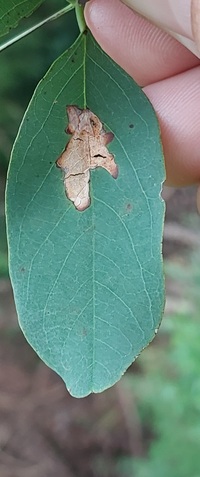
| Recorded by: Mark Basinger on 2024-09-06
Wilson Co.
Comment: |
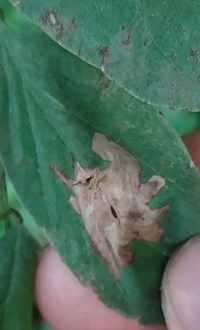
| Recorded by: Mark Basinger on 2024-09-06
Wilson Co.
Comment: | 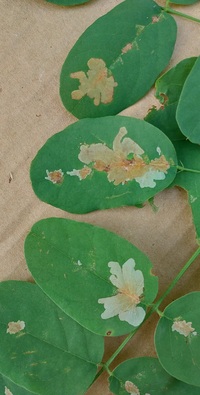
| Recorded by: Mark Basinger and Donald Zepp on 2024-08-23
Nash Co.
Comment: |
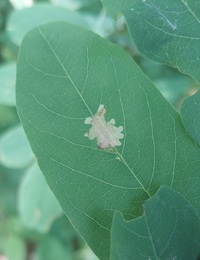
| Recorded by: Mark Basinger on 2024-08-09
Mitchell Co.
Comment: | 
| Recorded by: Jim Petranka on 2024-07-19
Madison Co.
Comment: |
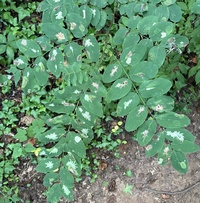
| Recorded by: Ken Kneidel on 2024-06-28
Mecklenburg Co.
Comment: | 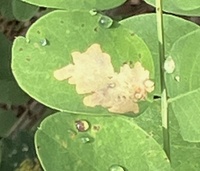
| Recorded by: Ken Kneidel on 2023-10-14
Burke Co.
Comment: |
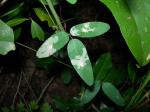
| Recorded by: R. Newman on 2023-09-28
Carteret Co.
Comment: Mine was on Galactia volubilis. | 
| Recorded by: David George, Stephen Dunn, Jeff Niznik on 2023-07-31
Macon Co.
Comment: |
|

 »
»
